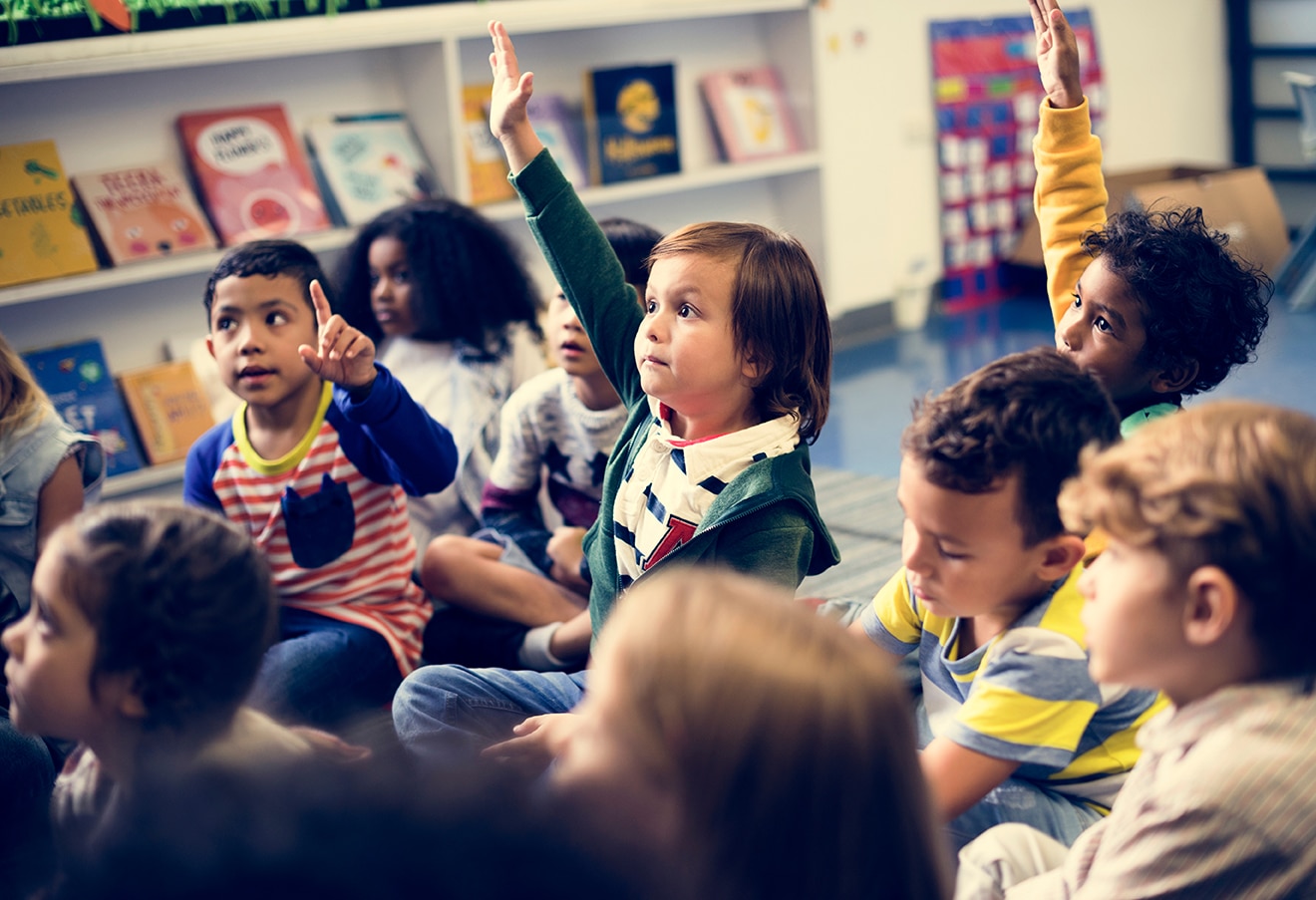If you’re considering enrolling your child in a spanish immersion program, you’re thinking smart. Studies have proven that exposure to a non-native language in childhood has clear and lasting cognitive benefits. And bilingualism has never been more on trend! In fact, a study conducted by the University of Washington found that a whopping 27% of children under the age of 6 are learning a language other than English. That’s more than 1 in 4! A number that large may have you scratching your head. Why are so many parents are opting in to raising a bilingual child? Well, the answer can be found in the science.
Cognitive benefits
Children ages 0-3 are uniquely adept at learning new languages and forming new connections. Their brains are active and flexible. Infants who are bilingually exposed are able to detect language switches as early as 6 months old. This ability to discriminate between different languages and switch back and forth trains a child’s brain to be adept at problem solving, memory recall, and general interpersonal communication.
Children who are raised bilingual are at an advantage when it comes to reading in English. A study conducted at American University found that “dual-language students outperformed their peers in English-reading skills by a full school year’s worth of learning by the end of middle school”. People who speak more than one language understand language better, and see a huge boost in reading comprehension.
Social and emotional benefits
Understanding more than one language means that you are able to communicate with far more people than you would be if you only spoke one language. The same goes for children. Bilingualism means your child is able to communicate with more people, read more books, watch different TV shows and movies, listen to different songs, and understand the world in more than one way. Later on in life your child will have more job opportunities, and a stronger understanding of different cultures.
Additionally, the link between language and emotion is a powerful tool in emotional regulation. Children who are able to language switch may be able to use their non-native language as a way to regulate high intensity emotions or decrease emotional arousal.
Cons of learning a second language
There aren’t any! Children are able to learn more than one language. In fact, their brains have developed to be pros at learning more than one language! Bilingualism will never detract from their fluency in their native language or culture. In fact, learning another language will only make your child a better English speaker. Find a program that’s right for you, and start your child on their bilingual journey. You won’t regret it.











